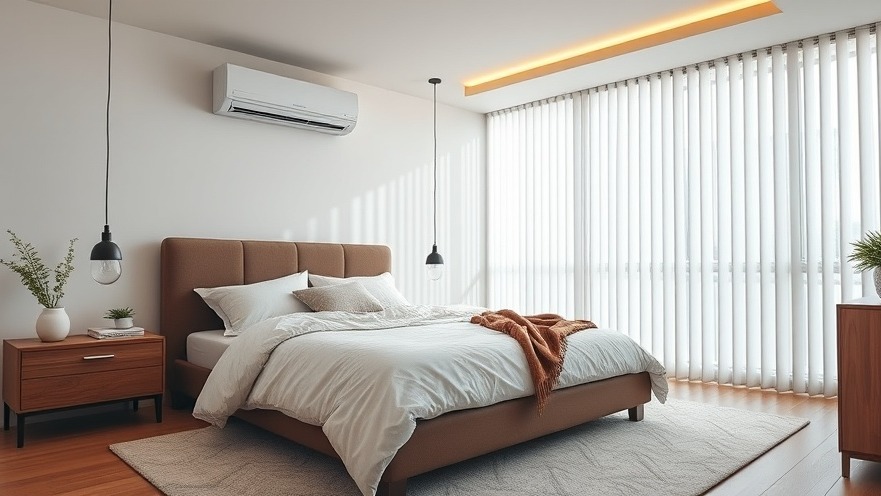
Relocating with Confidence: The Key to a Smooth Move
Moving to a new city or state can be a thrilling adventure, but it often comes with a fair amount of stress. From sorting through belongings to organizing logistics, the entire process can feel overwhelming. Yet, with the right planning and assistance, your move can be less of a burden and more of an opportunity to start fresh.
Why Consider Professional Movers?
When relocating, especially over long distances, teaming up with experienced movers is a game changer. For homeowners in Chicago, local long-distance moving companies possess the expertise to handle not only the physical demands of moving but also the intricate details that often slip through the cracks amidst the chaos. These seasoned professionals can help manage the logistics of a long-distance move, saving you time and minimizing stress from the start.
The Importance of Planning Ahead
Unlike local moves, which permit multiple trips, long-distance relocations typically require everything to be packed and transported in one go. This necessity makes pre-move planning of utmost importance. Start by decluttering—decide what to keep, sell, donate, or discard. Create a detailed checklist that includes notifying utility companies, updating your address, and transferring subscriptions. These preparations can make a significant difference in alleviating the stress of moving day.
Finding the Right Moving Company
The ideal moving company isn’t just about muscle; it encompasses professionalism and communication too. Ensure the movers you choose are licensed, insured, and have positive customer reviews. Seek transparent estimates and inquire about their communication methods throughout the process. Understanding what to expect can provide peace of mind during what may be a tumultuous transition.
Budgeting Your Move Effectively
Moving can be costly, but there are ways to keep it within your budget. Start by assessing your belongings and downsizing where possible. This will not only make your move less complicated but also potentially lower costs. Different companies offer varying rates based on distance and volume, so comparing quotes is advised. Additionally, moving during off-peak seasons may unlock discounts from moving companies, further easing financial pressures.
Embracing the New Journey After the Move
While the moving process may be intense, it’s essential to remind yourself of the positives. Relocating can offer new opportunities—whether that’s a job in a burgeoning industry, closer proximity to family, or simply a fresh start in an appealing neighborhood. As you settle in, focus on building connections and integrating into your new community.
Final Thoughts and Words of Encouragement
Relocating far from home is undoubtedly a significant life transition, but with the right planning and professional support, it can also be a rewarding experience. Take a moment to breathe, get organized, and lean on the expertise available. With professionals by your side to tackle the heavy lifting, you can transition into this new chapter of your life with ease and confidence.
Take the first step today towards a smooth relocation by reaching out to a professional moving service.
 Add Row
Add Row  Add
Add 




Write A Comment